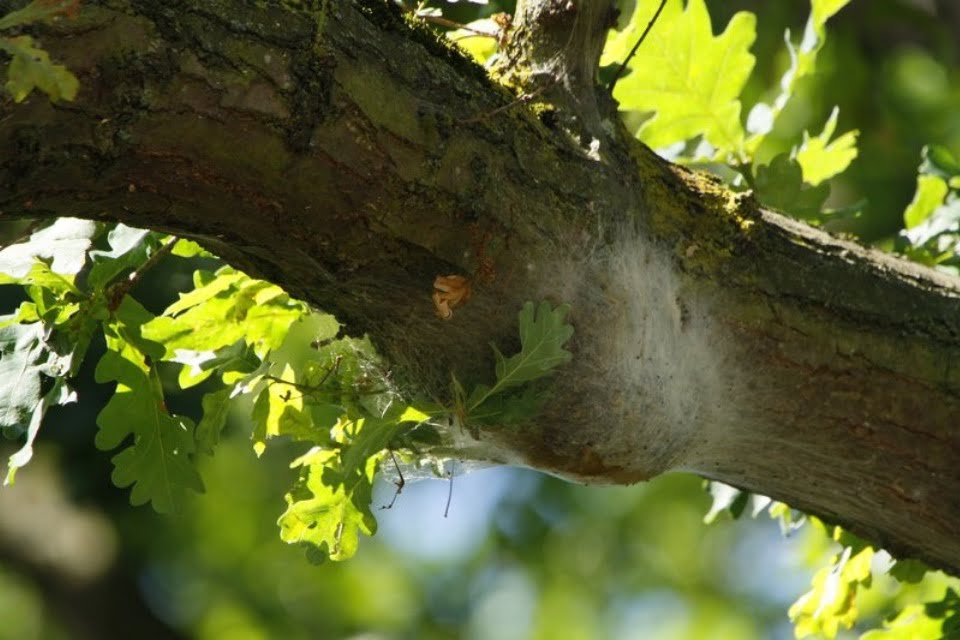In recent months, oak processionary moth caterpillars have escalated into a significant concern, according to the Forestry Commission. These insects pose a threat to both human and animal well-being, making it essential to exercise caution.
Furthermore, the infestation of these pests can result in defoliation and hindered growth of various oak tree species, compounding the issue. While the first sighting of these caterpillars in the UK dates back to 2006, their numbers have significantly multiplied in certain regions of south-east England lately.

Experts have identified Surrey as one of the worst affected areas, owing to its status as the most densely forested county in England. Consequently, individuals are strongly urged to report any sightings of these caterpillars and refrain from physical contact.
In the event that contact does occur, it is advised to promptly consult a pharmacist for appropriate guidance. Authorities have highlighted that the highest risk period for encountering these tree pests is between June and August, during their feeding stage prior to transforming into moths.

To facilitate identification, the caterpillars possess a grey hue, blackheads, and long white hairs. It is worth noting that these hairs contain proteins capable of inducing itchy rashes and irritations of the eyes and throat. The caterpillars can be distinguished by a distinctive dark stripe running along their backs and can reach lengths of up to 2cm.
Typically, their nests take on a dome or teardrop shape and are approximately the size of a tennis ball.

Remain cautious and vigilant, and promptly report any sightings of these toxic caterpillars to the relevant authorities.
Sam Allcock is the CEO of PR FIRE – PR & Content Marketing Platform
Talks about #pr, #blogs, #marketing, #socialmedia, and #pressrelease
Writes for The Dial in his own time.








